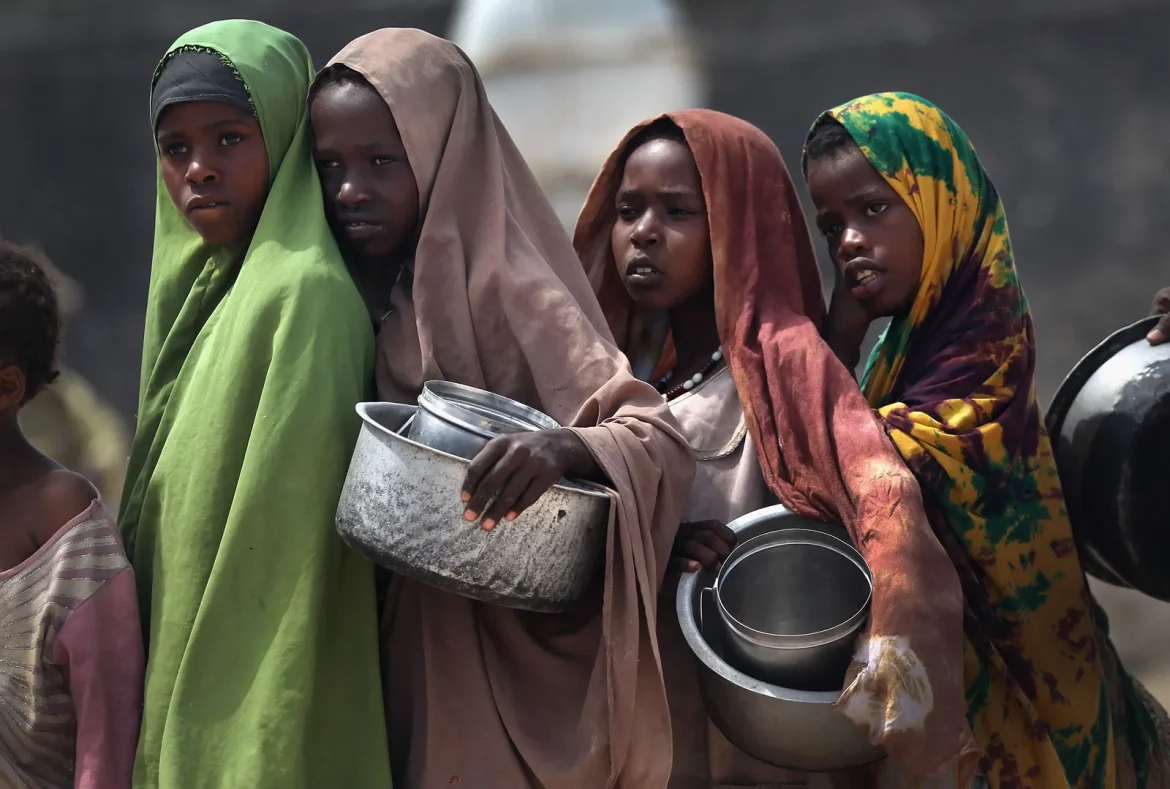WINDHOEK, Oct. 24– Food insecurity could rise again in Namibia during the coming lean season, with over 600,000 people at risk of hunger as drought-relief assistance winds down and high unemployment continues to strain household incomes, according to a new food security assessment.
The latest Integrated Food Security Phase Classification (IPC) report, released on Tuesday, showed that while improved rainfall and a strong harvest have eased hunger this year, conditions are expected to deteriorate between October 2025 and March 2026, when food stocks deplete and families rely more heavily on markets.
According to the report, the number of people facing crisis-level food insecurity is projected to increase to 612,000, about 20 percent of the population. “Reduced labor opportunities, high unemployment, and the discontinuation of food aid will likely deepen household vulnerability,” it said.
Namibia’s unemployment rate stands at 36.9 percent, while food inflation reached 6.4 percent in June, driven by higher prices for grains, meat, and cooking oil.
The findings come despite significant improvements in agricultural production during the 2024/25 season, when communal crop yields rose by 75 percent and rangeland conditions improved following good rains.
Yet, the report noted that the country’s strategic food reserves remain only 15 percent full, limiting the government’s capacity to respond to future shocks. Authorities have been urged to continue social-grant and food-assistance programs, strengthen rural water and sanitation services, and expand nutrition and veterinary programs to protect vulnerable groups and sustain recovery.
“Urgent action is required to reduce food consumption gaps and protect livelihoods for populations, especially those classified in Crisis (IPC Phase 3),” the report added.
Namibia remains one of southern Africa’s most drought-prone countries, with recurrent dry spells affecting rural livelihoods and employment. (Xinhua)



